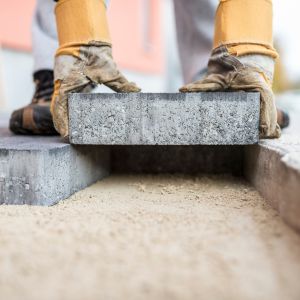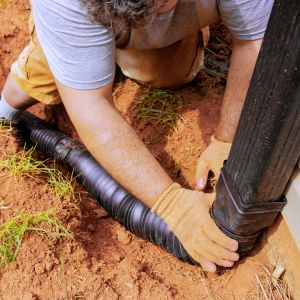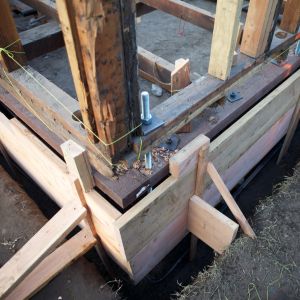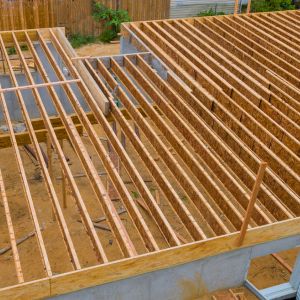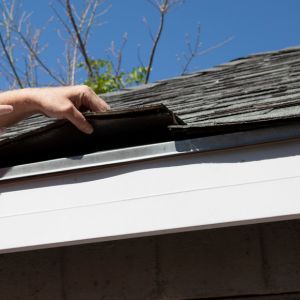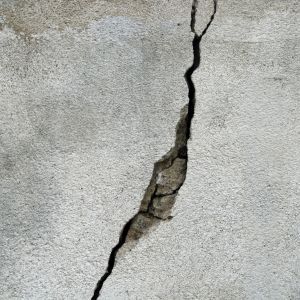Excess moisture is one of the leading causes of structural damage in residential and commercial properties. If left undetected, it can weaken foundations, cause mold growth, and compromise the integrity of walls and floors. Identifying early signs of moisture issues is essential for preventing costly foundation repairs and maintaining a safe living environment.
Common Sources of Moisture Infiltration
1. Poor Drainage and Standing Water
One of the most frequent causes of moisture damage is improper drainage. When water is not directed away from a building, it accumulates near the foundation, leading to soil expansion and increased hydrostatic pressure. Over time, this can cause foundation cracks, basement leaks, and structural instability.
2. Roof Leaks and Gutter Issues
A compromised roof or clogged gutters allow rainwater to penetrate walls and ceilings. Water dripping through attic spaces or exterior walls leads to mold growth and interior deterioration. Regular roof inspections and gutter cleanings help prevent these issues.
3. Plumbing Leaks and Pipe Condensation
Hidden plumbing leaks behind walls, under floors, or in basements contribute to long-term moisture damage. Even minor leaks create the perfect environment for mold and mildew. Insulating pipes and checking for leaks frequently can prevent excess moisture buildup.
4. High Indoor Humidity Levels
Excessive indoor humidity can lead to condensation on walls, windows, and ceilings. Poor ventilation in bathrooms, kitchens, and basements exacerbates this problem. Using dehumidifiers and ensuring adequate airflow helps maintain optimal humidity levels.
Early Warning Signs of Moisture Problems
1. Visible Water Stains and Discoloration
Brownish or yellowish stains on ceilings, walls, and floors indicate water intrusion. These marks often signal leaks from roofing systems, plumbing, or foundation cracks.
2. Peeling Paint and Bubbling Wallpaper
Excess moisture causes paint to bubble, peel, or crack. Similarly, wallpaper may detach from the wall due to persistent dampness. Addressing the root cause of moisture prevents further surface damage.
3. Musty Odors and Mold Growth
Persistent musty smells are a strong indicator of mold presence. Mold typically thrives in damp areas such as basements, crawl spaces, and behind drywall. Identifying the moisture source and implementing remediation steps is crucial for preventing health hazards.
4. Warped or Buckled Flooring
Wooden floors that appear warped or laminate flooring that starts to lift often indicate moisture accumulation beneath the surface. This issue may stem from foundation cracks or high humidity levels within the home.
5. Efflorescence and White Powdery Residue
Efflorescence is the crystalline white substance that appears on concrete, brick, or masonry surfaces. It results from water evaporating and leaving behind mineral deposits. While not inherently dangerous, efflorescence signifies ongoing moisture issues that can escalate into foundation damage.
How Moisture Leads to Foundation Damage
1. Soil Expansion and Contraction
When excess moisture saturates the soil around a foundation, it expands and exerts pressure on the structure. Conversely, during dry periods, the soil contracts, leaving gaps beneath the foundation. These fluctuations cause shifting, cracking, and settlement over time.
2. Hydrostatic Pressure and Basement Leaks
Hydrostatic pressure builds up when water accumulates around a foundation, forcing moisture through cracks and porous surfaces. This often results in basement flooding, mold growth, and foundation wall bowing.
3. Structural Weaknesses and Cracks
Persistent moisture infiltration weakens concrete, brick, and masonry materials, leading to foundation cracks. Horizontal cracks, stair-step cracks, or widening fissures are warning signs of serious structural instability.
Preventative Measures to Control Moisture Levels
1. Improving Drainage Around the Foundation
Installing proper drainage systems, such as French drains and downspout extensions, redirects water away from the foundation. Grading the landscape to slope away from the house further minimizes moisture buildup.
2. Waterproofing Basements and Crawl Spaces
Applying waterproof coatings, sealing cracks, and installing vapor barriers in basements and crawl spaces prevent moisture intrusion. Sump pumps and dehumidifiers enhance moisture control in below-ground spaces.
3. Routine Roof and Gutter Maintenance
Regularly inspecting and repairing damaged roofing materials, flashing, and gutters prevents water infiltration. Ensuring gutters are clear of debris and directing water away from the home protects walls and foundations.
4. Addressing Indoor Humidity Issues
Maintaining indoor humidity between 30-50% reduces the risk of condensation and mold growth. Proper ventilation in high-moisture areas, combined with exhaust fans and air purifiers, helps control excess humidity.
5. Sealing Foundation Cracks and Entry Points
Applying sealants to minor foundation cracks prevents water infiltration. In cases of significant structural damage, professional foundation repair solutions such as underpinning or carbon fiber reinforcement may be required.
When to Seek Professional Foundation Repair Services
If moisture issues persist despite preventative measures, consulting a foundation repair specialist is essential. Professionals assess damage severity and recommend solutions such as helical piers, slab jacking, or structural reinforcements to restore foundation stability.

